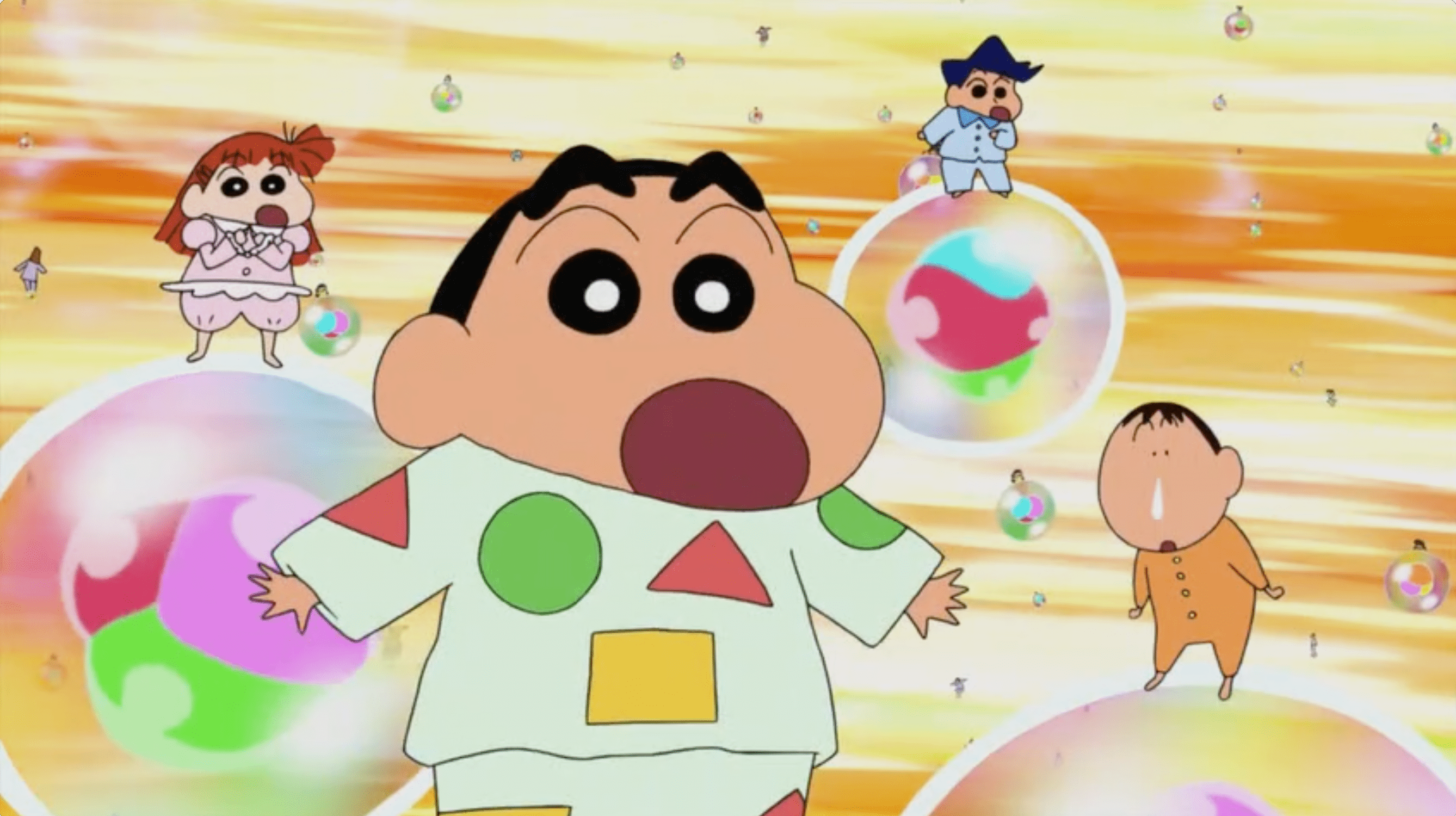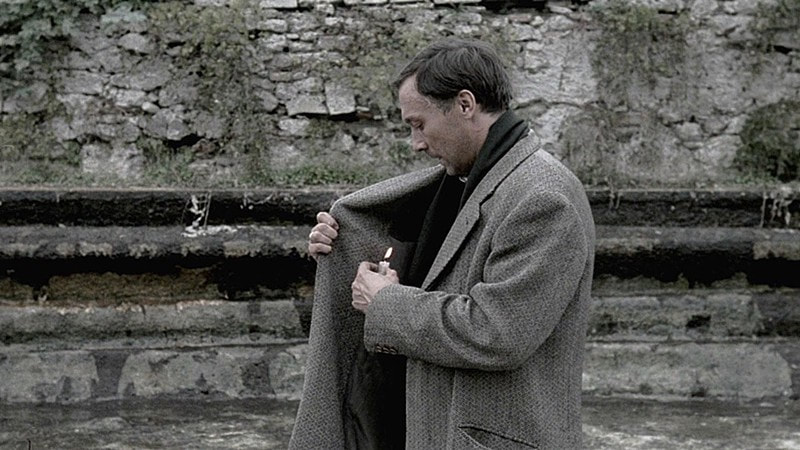
The Platform is a metaphor in the tradition of Animal Farm or Lord of The Flies. It very clearly focuses on capitalist ideology, and has a secondary Biblical theme as well. The premise of The Platform is that people are sentenced to prison in an immensely tall tower, with cement rooms piled one on top of the other. Down the center of the building is a shaft. Every day, a large platform makes its way down the shaft. On the platform is a sumptuous feast of the finest delicacies prepared with the highest standards. The platform descends layer by layer through the rooms, and each prisoner can take as much as they want. If the first 50 rooms are greedy, they leave nothing for the many more below them.
The Platform depicts a highly artificial environment full of shocking absurdity that we quickly come to recognize as not that distant from our own environment. The film distills and exaggerates in order to resonate with, and then amplify, currents and forces in our social and political reality. It is essential that it be both foreign and grotesque, but at the same time familiar.
We are presented with a cross-section of society that may or may not deserve to be in prison. The longer an individual has been in the prison, the more deranged and depraved they become. Regardless of their backgrounds, they are equalized by desperation.
The Platform was made in Spain and directed by Galder Gaztelu-Urrutia in 2019. The challenge with the film is to create something rich out of very limited elements. The Platform has only one location and a small number of actors. It is limited by its own design. On one hand, the paired-down presentation makes its points more forceful. The more bloody and horrific the film gets, the more it exposes the violence hidden away from middle and upper class society. On the other hand, the stark nature of the film limits its ability to deal with nuance.
There are definitely aspects that recall Buñuel’s films. The isolation of The Exterminating Angel, in which the rich party guests cannot leave after indulging in a decadent feast. Similarly, The Discreet Charm of the Bourgeoisie centers on a feast that the guests never manage to eat. In Viridiana, the feast takes on religious symbolism, but degenerates into absurdity. They all are centered on consumption, as well as the segregation of the classes. They all depict the rich living in a rarefied and exquisite world that is, for all its luxury, isolated by its own blind self-indulgence.
However, unlike Bunuel’s films, The Platform is not surreal. It is an allegory. I have seen The Platform described as a dystopian film, but it is not. It is an illustration of contemporary society. It does not warn us of where we are headed. It shows us where we are. It is not a “world-building” movie. It is a parable that requires a bizarre conceit in order to elucidate what is already in front of our eyes.
In addition, unlike many dystopian films, The Platform wrestles good and hard with a variety of solutions to the problems it presents. Karl Marx, Adam Smith, Milton Friedman, and Noam Chomsky battle it out through grimy proxies struggling in a torrent of cake, blood, roast beef, and shattered glass.

The device of setting a film in a literal hierarchy seems to be an increasingly common theme in contemporary film. There is The Lighthouse, Us, Parasite, and Snowpiercer. These films are all designed to bring to the surface a world that is deliberately kept secret and apart from the one we live in. Of all of them, The Platform is the most graphic and gruesome. In many ways, it is the most overtly political of the group. It is its forceful nature that pushes aside some of the nuance I mentioned earlier, but at the same time, the film makes a clear and powerful statement about class, economics, and struggle.
In addition, hierarchical architecture invokes religious imagery. There is the physical hierarchy of Heaven and Hell, with us trapped in between. There is the ranked hierarchy with God at the top, then the angels beneath him, then humans, and then animals. Since the setting is Spain, we also have the intricate and many-layered hierarchy of the Catholic bishops, cardinals, and priests.
There is also a bitter tie between The Church and the kind of conservative, cutthroat capitalism depicted in The Platform. The Catholic Church sided with Franco during the Spanish Civil War, as it did with Hitler in Germany. In Aguirre The Wrath of God, Carvajal, the Franciscan monk, explains to a noblewoman, “You know, my child, for the good of our Lord, the Church was always on the side of the strong.”
The wound inflicted by this reprehensible union is something that is still felt in Spain, Germany, and Italy as well. Christianity, capitalism, and exploitation have been the closest of bedfellows for almost two centuries. Aguirre, after all, was a conquistador. His venal motivations were masked by the monk’s presence. As a representative of the Church, Carvajal eschews the material world of riches and seeks to save the heathen savages. At least, that is what he was told to say.
The people that populate The Platform have devolved into savages. There is little room for God or any system of values that transcends the material. The inmates are reduced to animals, consuming sustenance in one end and shitting it out the other. Sometimes, they shit on each other. Sometimes, they consume each other. Lawrence Block’s famous quote has a second part, “Sometimes it's a dog-eat-dog world, and the rest of the time, it's the other way around.” The inmates of The Platform play this out literally. We play it out figuratively, for now.

If you enjoyed this article click here for more
www.filmofileshideout.com/archives/alex-de-la-iglesias-the-last-circus



